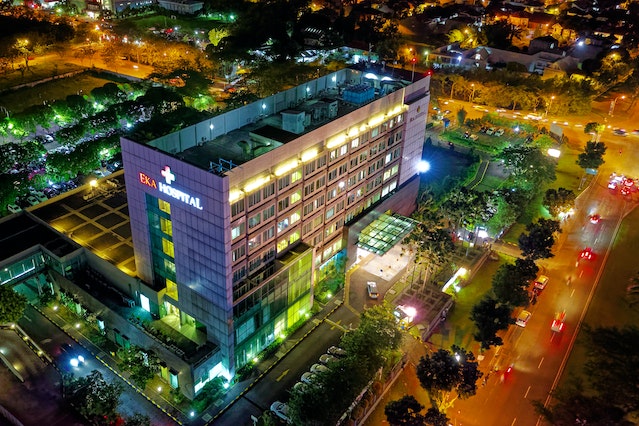Introduction
When you step into a luxurious hotel lobby, a cozy restaurant, or an inviting spa, the ambiance and atmosphere play a significant role in your overall experience. Hospitality lighting is the unsung hero that sets the mood and defines the character of a space. In this blog, we will delve into the world of hospitality lighting, exploring its importance, various types, and how it contributes to the overall guest experience.
Setting the Stage:
The Role of Hospitality Lighting Lighting serves as the cornerstone of creating a welcoming environment in the hospitality industry. It influences guests’ perceptions and feelings, affecting everything from their comfort to their dining experience. This section explains the fundamental role of lighting in setting the stage for memorable experiences.
- Key Design ConsiderationsDesigning effective lighting for the hospitality sector involves more than just hanging a few fixtures. This section explores the crucial design considerations, including:a. Ambiance and Aesthetics: How lighting design enhances the overall look and feel of a space, incorporating elements like color temperature, brightness, and fixture style.b. Functionality: Balancing aesthetics with the practical requirements of a space, ensuring guests can comfortably use the facilities.c. Energy Efficiency: The growing importance of sustainable lighting solutions in the industry, including LED technology and motion-sensor controls.
- Types of Hospitality LightingHospitality lighting isn’t a one-size-fits-all concept. Different areas within a hotel or restaurant require unique lighting solutions. This section examines the various types of lighting used in the hospitality industry, such as:a. General or Ambient Lighting: The overall illumination of a space that sets the mood.b. Task Lighting: Focused illumination for specific tasks, like reading in bed or working at a desk.c. Accent Lighting: Creating visual interest by highlighting architectural features or artworks.d. Decorative Lighting: Statement pieces that add to the aesthetics and design theme.e. Exterior Lighting: Lighting for outdoor areas, like walkways, gardens, and building facades.
- Hospitality Lighting in Different SpacesEach area within a hospitality establishment has its own unique lighting needs. This section explores how lighting is tailored to suit various spaces, including:a. Hotel Rooms: Creating a cozy and functional environment for guests to rest and relax.b. Lobbies and Common Areas: Welcoming guests with an inviting atmosphere.c. Restaurants and Bars: Setting the mood for dining and socializing.d. Meeting and Event Spaces: Adapting lighting to cater to different event requirements.e. Spas and Wellness Centers: Promoting relaxation and rejuvenation.
- The Impact on Guest ExperienceLighting plays a vital role in shaping guest experiences. This section discusses how proper lighting enhances guest satisfaction, influences their perception of value, and encourages repeat visits.
- Trends and Innovations in Hospitality LightingAs with any industry, hospitality lighting is subject to evolving trends and technological advancements. Here, we explore the latest developments in the field, including:a. Smart Lighting: Integration with automation and control systems for personalized experiences.b. Human-Centric Lighting: Designing lighting systems that consider the impact on guests’ well-being and circadian rhythms.c. Sustainable Practices: Eco-friendly lighting options and energy-efficient designs.
- Challenges and SolutionsNo discussion on hospitality lighting would be complete without addressing the challenges faced by professionals in the field. This section highlights common issues and provides potential solutions, such as dealing with maintenance and changing regulations.
